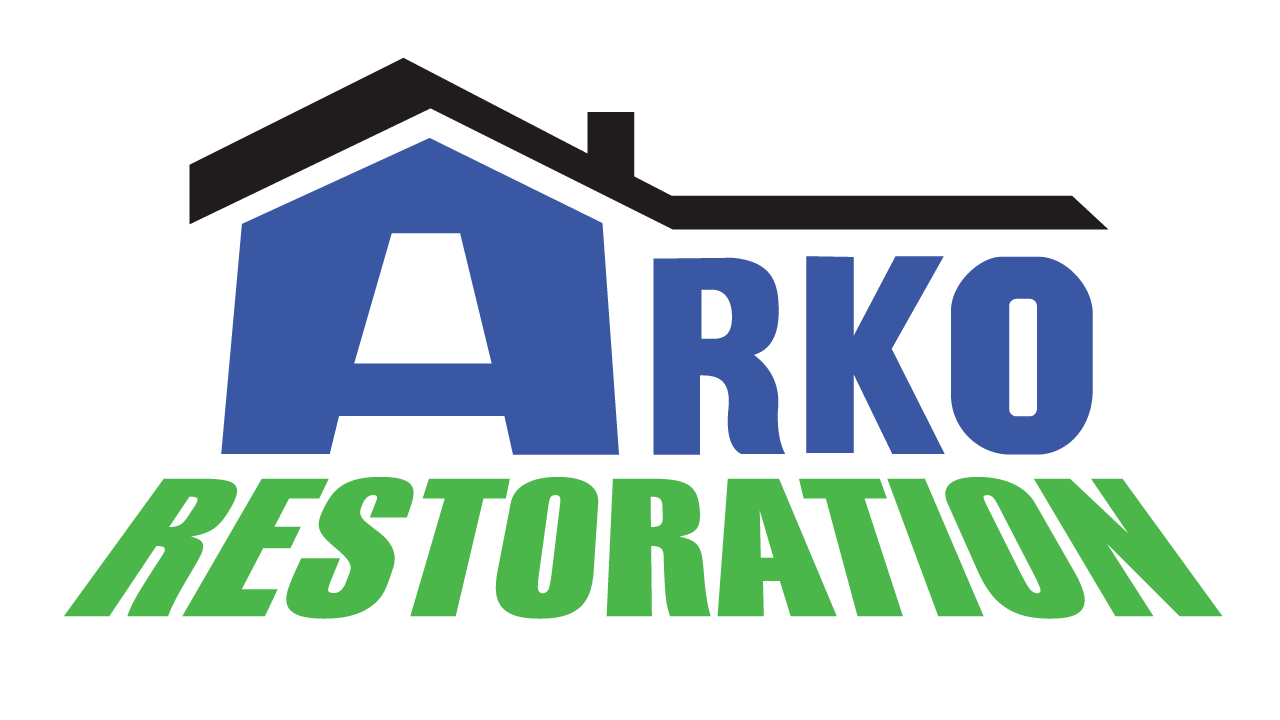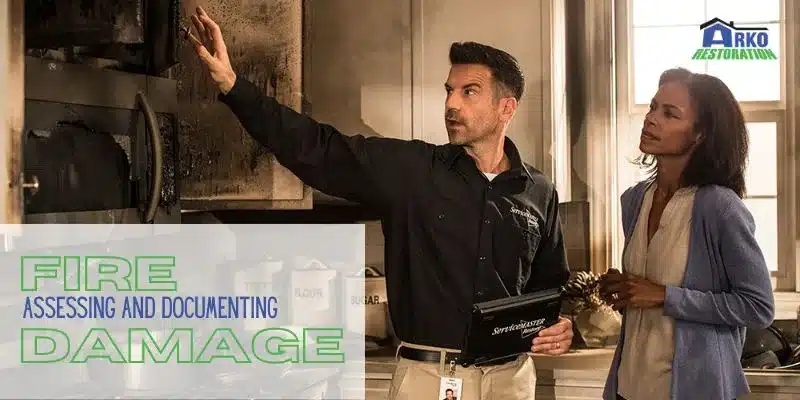Fire damage can be devastating, leaving behind a trail of destruction that affects both property and lives. In the aftermath of a fire, assessing and documenting the extent of the damage becomes a crucial step in the restoration process. Not only does it provide a clear picture of the losses incurred, but it also serves as a foundation for insurance claims and rebuilding efforts. In this blog, we delve into the importance of assessing and documenting fire damage and outline the steps involved in this critical process.
Understanding the Importance:
Assessing and documenting fire damage is essential for several reasons:
Evaluation of Structural Integrity:
Fire can weaken the structural integrity of buildings, making them unsafe for occupancy. Assessing the damage helps determine the extent to which the structure has been compromised and what repairs are necessary to restore its safety.
Insurance Claims:
Insurance companies require detailed documentation of fire damage to process claims efficiently. Accurate assessment and documentation facilitate a smoother claims process, ensuring that property owners receive fair compensation for their losses.
Planning the Fire Damage Restoration Process:
A thorough assessment provides valuable insights into the scope of restoration work required. It helps restoration professionals develop a comprehensive plan for cleaning, repairing, and rebuilding damaged areas, ensuring that no aspect of the restoration process is overlooked.
Preventing Further Damage:
Prompt assessment and documentation help identify areas prone to further damage, such as water infiltration from firefighting efforts or exposure to the elements. By addressing these issues early on, property owners can mitigate additional losses and expedite the restoration process.
Steps in Assessing and Documenting Fire Damage
- Safety First: Before conducting any assessment, ensure that the property is safe to enter. Structural instability, lingering smoke, and hazardous materials pose significant risks. Always prioritize safety and wear appropriate protective gear.
- Documenting Visible Damage: Begin by documenting the visible damage to the property. Take photographs and videos from multiple angles to capture the extent of the destruction. Make detailed notes regarding the condition of structural elements, contents, and any salvageable items.
- Assessing Structural Integrity: Inspect the structural components of the building, including walls, floors, ceilings, and support beams. Look for signs of structural damage such as cracks, warping, or sagging. Assess whether the building is safe for entry and occupation.
- Cataloging Inventory: Create an inventory of damaged items, including furniture, appliances, personal belongings, and building materials. Note the condition of each item and its location within the property. This information is invaluable for insurance claims and prioritizing restoration efforts.
- Identifying Hidden Damage: Not all damage may be immediately visible. Inspect concealed spaces such as wall cavities, attics, and crawl spaces for hidden fire and smoke damage. Use specialized equipment such as thermal imaging cameras to identify hot spots and areas of heat penetration.
- Consulting Professionals: In complex cases, seek assistance from qualified professionals such as fire investigators, structural engineers, and restoration specialists. Their expertise can help uncover hidden damage, assess structural stability, and develop a comprehensive restoration plan.
- Ensuring Compliance with Regulations: Compliance with building codes and regulations is essential for ensuring the safety and integrity of restored structures. Documenting fire damage helps identify areas where repairs or upgrades may be necessary to meet current building standards and regulations.
- Preserving Evidence for Investigations: In cases where the cause of the fire is unknown or under investigation, documenting the extent of the damage preserves crucial evidence. Fire investigators rely on detailed documentation to reconstruct the events leading up to the fire and determine its origin and cause.
- Facilitating Communication with Stakeholders: Clear and comprehensive documentation of fire damage facilitates communication among stakeholders involved in the fire damage restoration process. This includes property owners, insurance adjusters, restoration contractors, and government agencies. Shared documentation ensures that all parties have a unified understanding of the scope of the damage and the steps required for restoration.
- Estimating Costs and Budgeting: Detailed documentation of fire damage allows for more accurate cost estimation and budgeting for restoration efforts. By itemizing the extent of the damage and the required repairs, property owners can develop realistic budgets and allocate resources effectively to expedite the restoration process.
- Addressing Health and Environmental Concerns: Fire damage can result in health hazards such as smoke residue, soot, and potential mold growth. Thorough assessment and documentation help identify environmental and health risks associated with fire damage, allowing for appropriate remediation measures to be implemented to safeguard the health of occupants and restoration workers.
- Supporting Emotional Recovery: In addition to the physical damage, fires can have a profound emotional impact on individuals and communities. Documenting the damage and the restoration process can provide a sense of closure and progress, helping affected individuals and communities navigate the emotional challenges of recovery.
Conclusion:
Assessing and documenting fire damage is a critical step in the fire damage restoration process, laying the groundwork for efficient and effective recovery efforts. By accurately assessing the extent of the damage and documenting it thoroughly, property owners can expedite insurance claims, prioritize restoration efforts, and rebuild with confidence. In the wake of a fire, swift and thorough assessment ensures that affected communities can begin the journey toward recovery and restoration.

